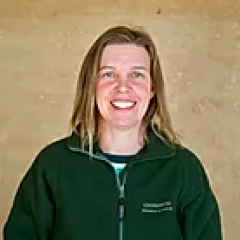Background
Vegetation and fauna habitat monitoring is essential to modern land management at every scale. However, conservation and land managers rarely have the time or resources available to undertake thorough monitoring of the flora and fauna they are responsible for protecting.
Vegetation condition assessments (or condition multi-metrics) have been developed to provide a quick and simple tool to assess vegetation condition by analysing attributes that act as surrogates for biodiversity values. It is clear that these tools would be favourable to land managers as an alternative to intensive, technical and time-consuming fauna and flora surveys. However, metrics are often fraught with deficiencies, may deliver inaccurate results and can be immensely difficult to design in a way that accurately reflects ecosystem integrity. Their accuracy in explaining the nature of faunal populations in particular is poorly understood and potentially significantly limited.
Aims
-
To investigate the relationship between vegetation condition multimetrics and species richness, abundance and diversity of small and medium-sized mammal populations of South East Queensland.
-
To investigate whether landscape-scale variables not included in vegetation condition multi-metrics could increase the potential for these assessments to be a surrogate indicator of small and medium-sized mammal populations in this region.
Methodology
BioCondition surveys were conducted and species richness and abundance data of small and medium-sized mammals was collected across 18 sites within Old Hidden Vale, Grandchester, South East Queensland. Additional landscape spatial data not included in the BioCondition assessment was also analysed via GIS to determine what influence these variables may have on the populations and if they could be used in conjunction with the BioCondition assessment to produce a more robust and reliable indicator of mammal populations.
Expected outcomes
Disentangling the complex relationships between vegetation condition assessments and faunal populations will allow us to improve upon them and make them more effective conservation management tools. This research will contribute to developing long-term condition monitoring programs that can assess trends and help manage impacts of human land use on biodiversity values in multi-use landscapes.



